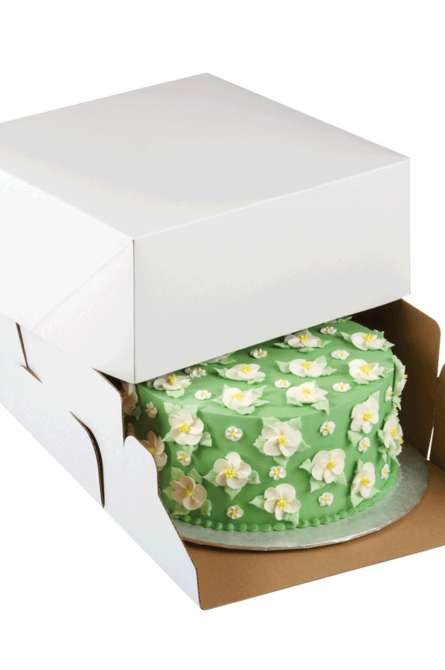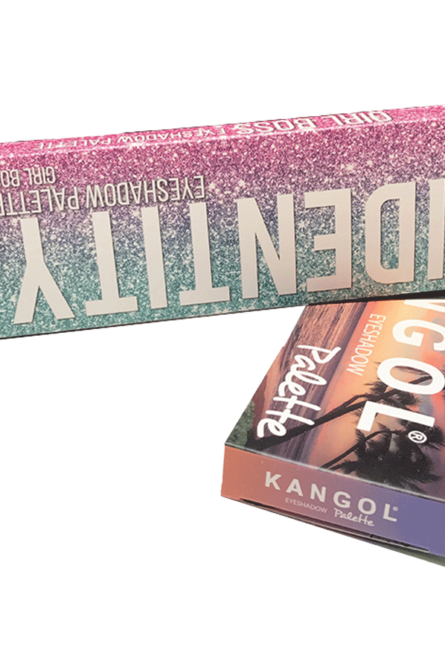21
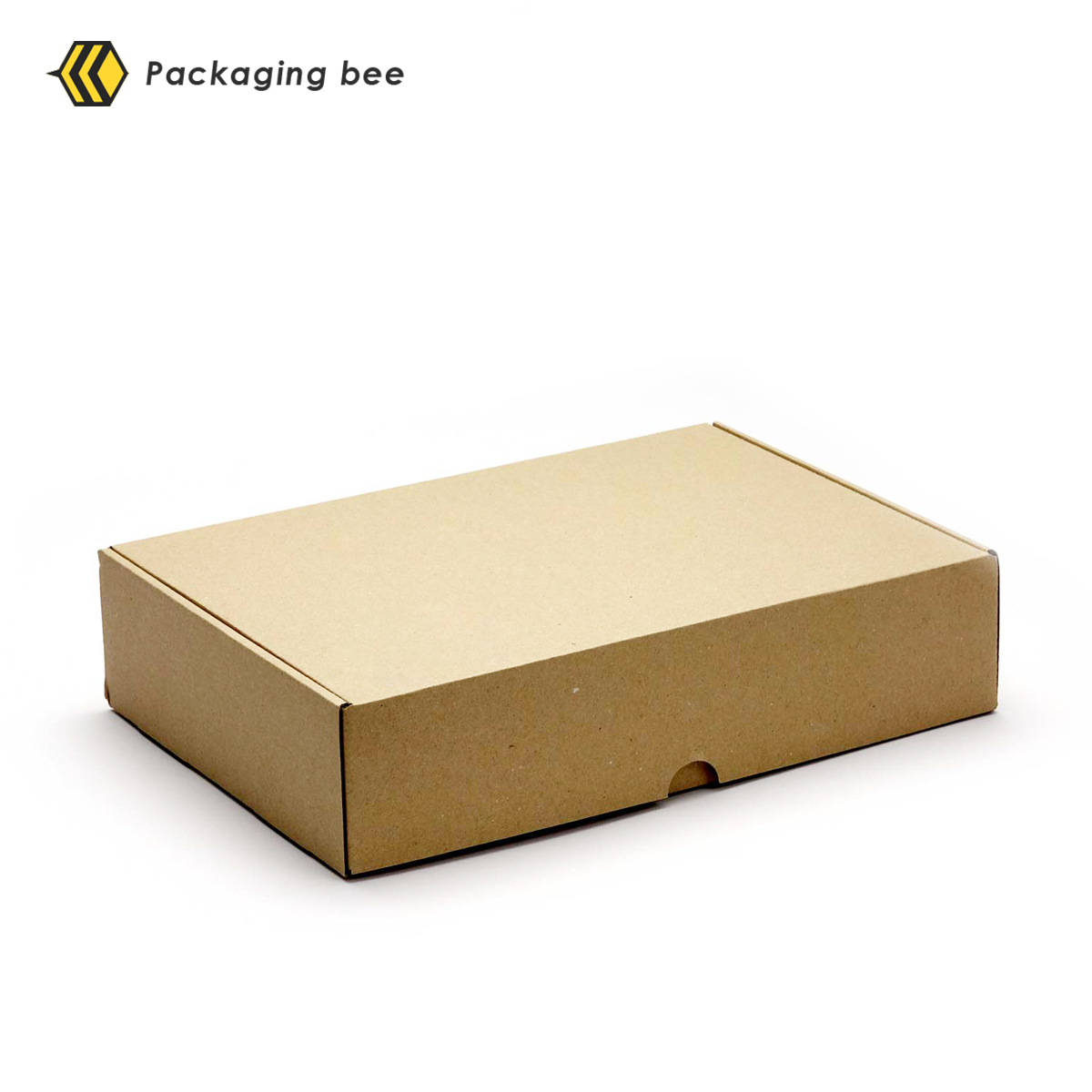
By: Harry Lee
Have you noticed the increasing time of summers and that each summer is hotter than the previous one? Do those growing plastic waste piles in the landfills bother you? Do you want to contribute to waste reduction and save the planet? If yes, then it’s high time for you to switch your business packaging approach to a greener solution. No matter what type of business you own, you can always opt for green packaging. Now you must be wondering what solution I am suggesting to you? Let’s discuss the reality of plastic packaging and how we can replace it with an eco-friendly packaging solution.
The Dirty Truth of Plastic Packaging
We dispose of tones of packaging waste each year, as consumers. Almost 70% of this packaging waste includes plastic. Now, you must have wondered why plastic is always associated with a negative notion? What harm does it cause? Well! Plastic is seriously hazardous and damaging to the environment and so for the health when it is used for food and beauty products packaging. Plastic takes hundreds of years to decompose, and its presence in aquatic ecosystem leads to the loss of marine life. Moreover, the production process of plastic packaging involves the release of various greenhouse gases which contribute to a phenomenon called global warming.
Plastics play a vital role in the packaging industry. It’s hard to track the rate of plastic encounter and use on a daily basis, especially in food and retail packaging. You must have noticed that most of the things we use to buy, ranging from our toothbrush to the snack packet all come in plastic packaging. That’s why the packaging industry is contributing almost to 40% of plastic pollution in the world, and that’s terrible! Not just plastic tin and glass recycling are also expensive.
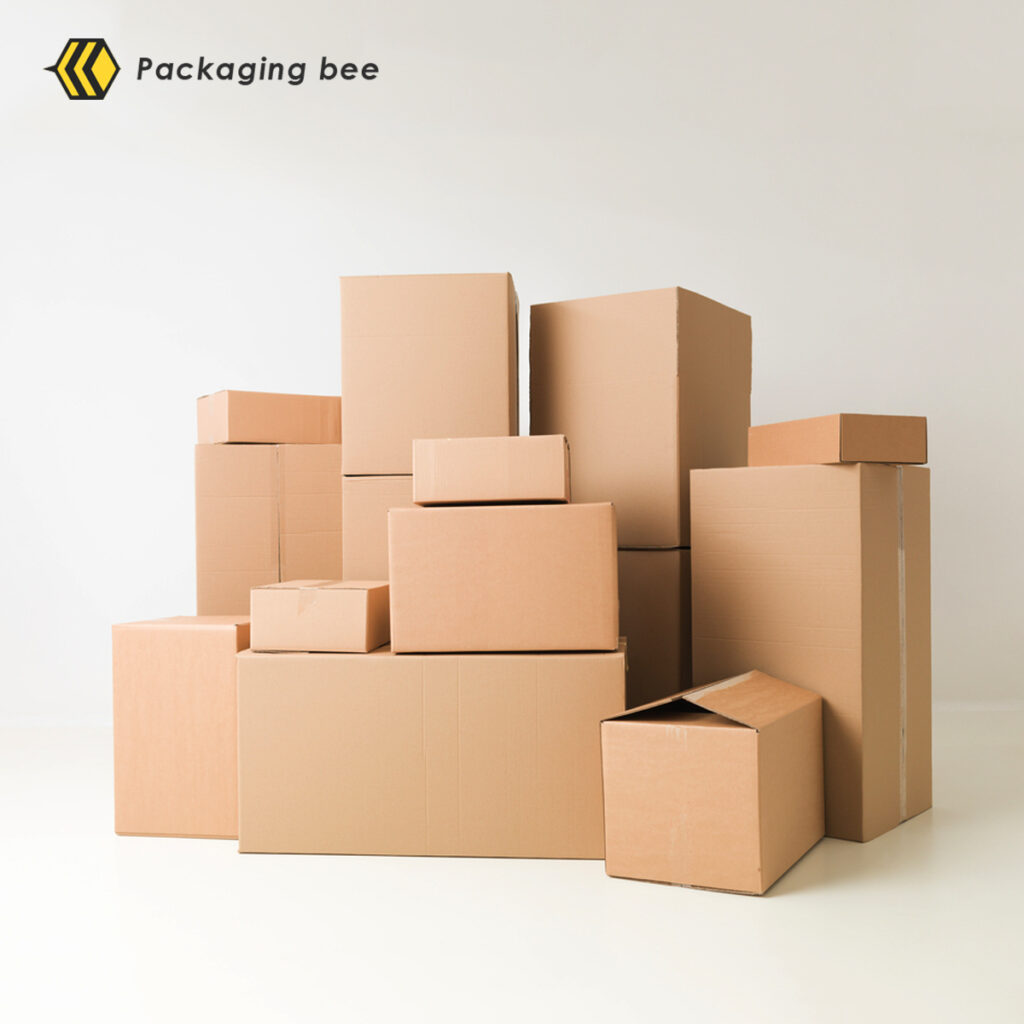
Plastic is being used in so many ways, across all market sectors, including health and medical, food packaging, electronic packaging, cosmetics, consumer packaged goods, and personal care. However, plastic is excellent in providing protection to all products and help to prevent product loss. Moreover, this material helps in dramatically extending the shelf life. However, many famous industries are now trying to reduce the plastic packaging by designing bottles that offer shipping efficiency, switching to one-piece bottle closures and caps, replacing rigid plastic containers, and producing flexible resource-efficient multilayer pouches. Despite all these efforts, plastic pollution is not decreasing, and our industries continue to contribute to the increasing waste piles.
Role of E-Commerce in Plastic Pollution
Unfortunately, the e-Commerce industry is one of the major culprits. The behind this fact is not the use of plastic packaging, but it’s the overuse of plastic packaging, with intent to deliver the products safely to the market.’ We’ve all had the experience of that un-boxing when our living rooms filled with plastic waste. You can dumb this method of packaging by choosing custom boxes sturdy enough to provide complete protection and avoiding the secondary packaging. It prevents the use of a large amount of filler, thus reducing excess packaging waste.
This expansion in the e-Commerce market is contributing more and more to the issue of plastic waste over time. According to the estimations, the Global e-Commerce market is expected to show a growth in sales to approximately $4.9 trillion by 2021. In short,if industries would not switch to green packaging solutions, then the amount of plastic waste is going to cause serious environmental concerns.
What Is the Solution?
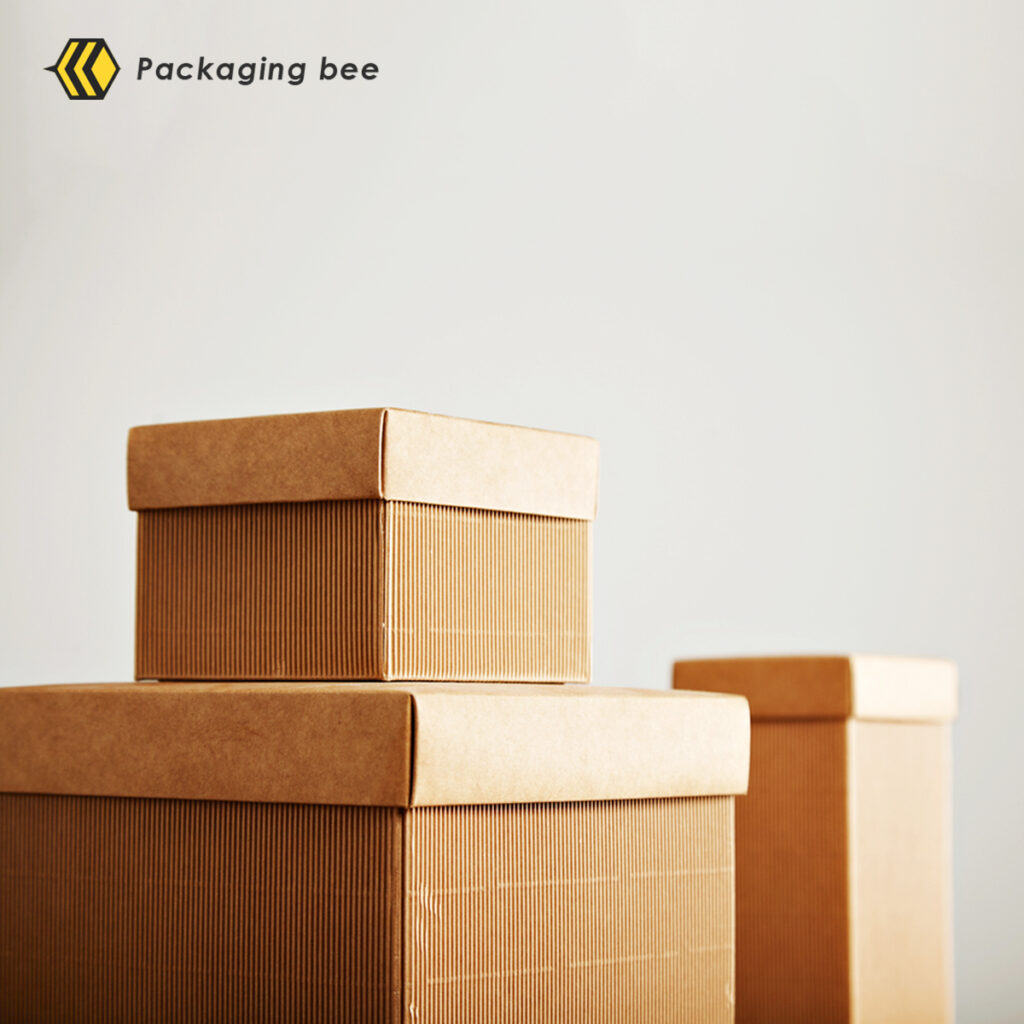
Well! It’s never too late. You still can take your step back and stop contributing to the environmental problems of the planet. Start from today, and make an effort to shift your packaging from plastic to cardboard. Corrugated Boxes are the ideal way to deliver the product safely to the consumers and reduce the plastic burden on the planet.
Moreover, customization provides you with the freedom to design the boxes the way you want and add a personalization factor in them. For instance, you can choose printing techniques, either offset or digital, depending on the budget you have. Similarly, you can opt for colour options such as CMYK and PMS to make your products more appealing and interesting from the outside. Other than this, there are numerous design options such as foiling (gold/silver) or coatings (matte/glossy). Moreover, you can have your logo and company’s name printed or embossed on the boxes. PVC windows and die-cuttings are also famous for enhancing product transparency and establishing customer trust. In short, you can use customization to enhance the outlook of your packaging and make it more fascinating, which in turn play a major role in enhancing the sales and company’s revenues.
How Can You Control Packaging Pollution?
Reduced Un-Necessary Packaging
As I mentioned before that over-packaging is the root cause of packaging pollution. Therefore, if you want to reduce this ever-increasing pollution problem, then it’s important to reduce packaging. No matter what type of material you are using for packaging, over packaging is hazardous to the environment and thus must be avoided. Overpackaging does not only take a toll on the environment but also on the production costs.
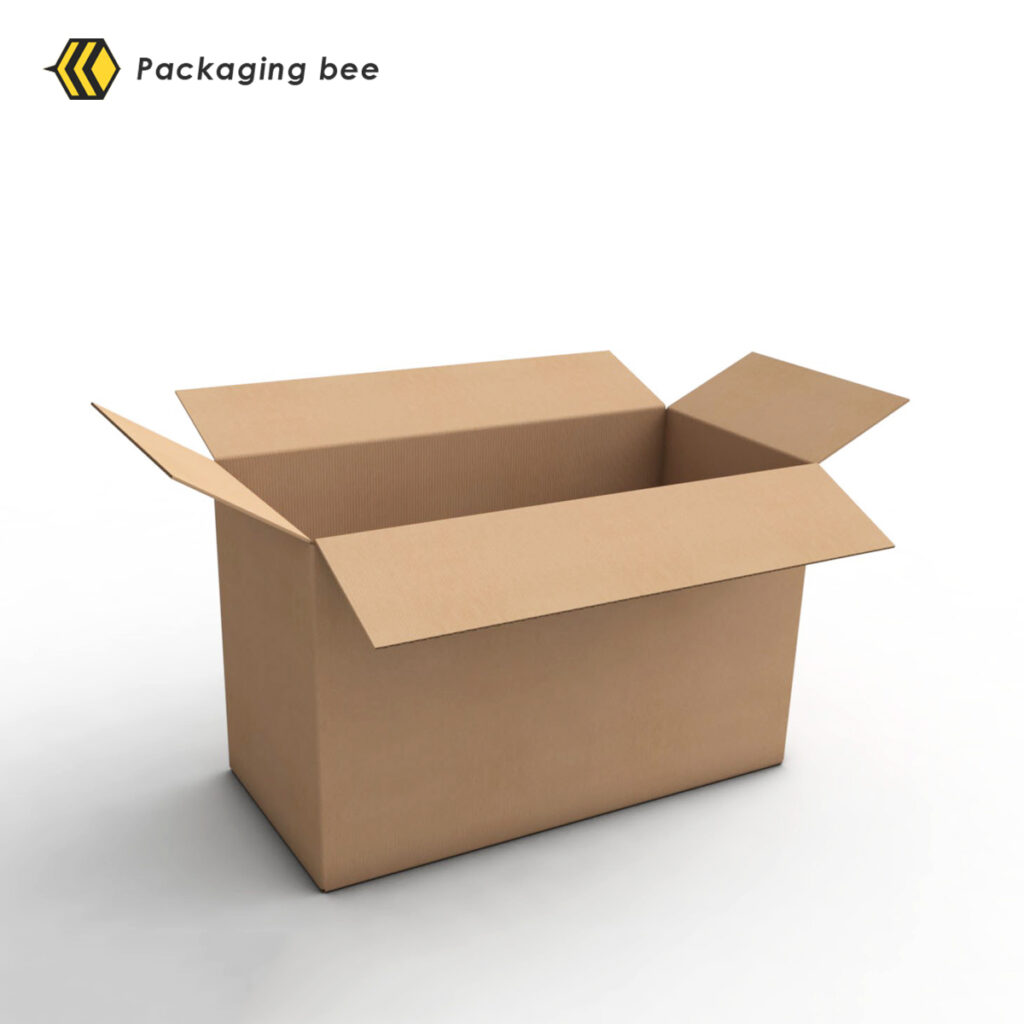
Encourage the Use of Recyclable Material for Packaging
It’s important to streamline your packaging design and plays a vital role in lowering the carbon footprint of your company. Furthermore, try to maximize the use of recycled materials in your packaging. Moreover, it also helps in creating a more circular economy of raw materials.
Conclusion
In conclusion, eco-friendly packaging materials such as custom corrugated boxes can take care of both the product and the environment. Therefore, the use of green packaging must be encouraged among the industrial as well as domestic sectors of the society. It’s high time that we realize the call from Mother Nature and bring some changes in our consumption behaviours. Be sustainable and promote the use of green packaging materials. In short, let this planet be a place to live for our future generations.



